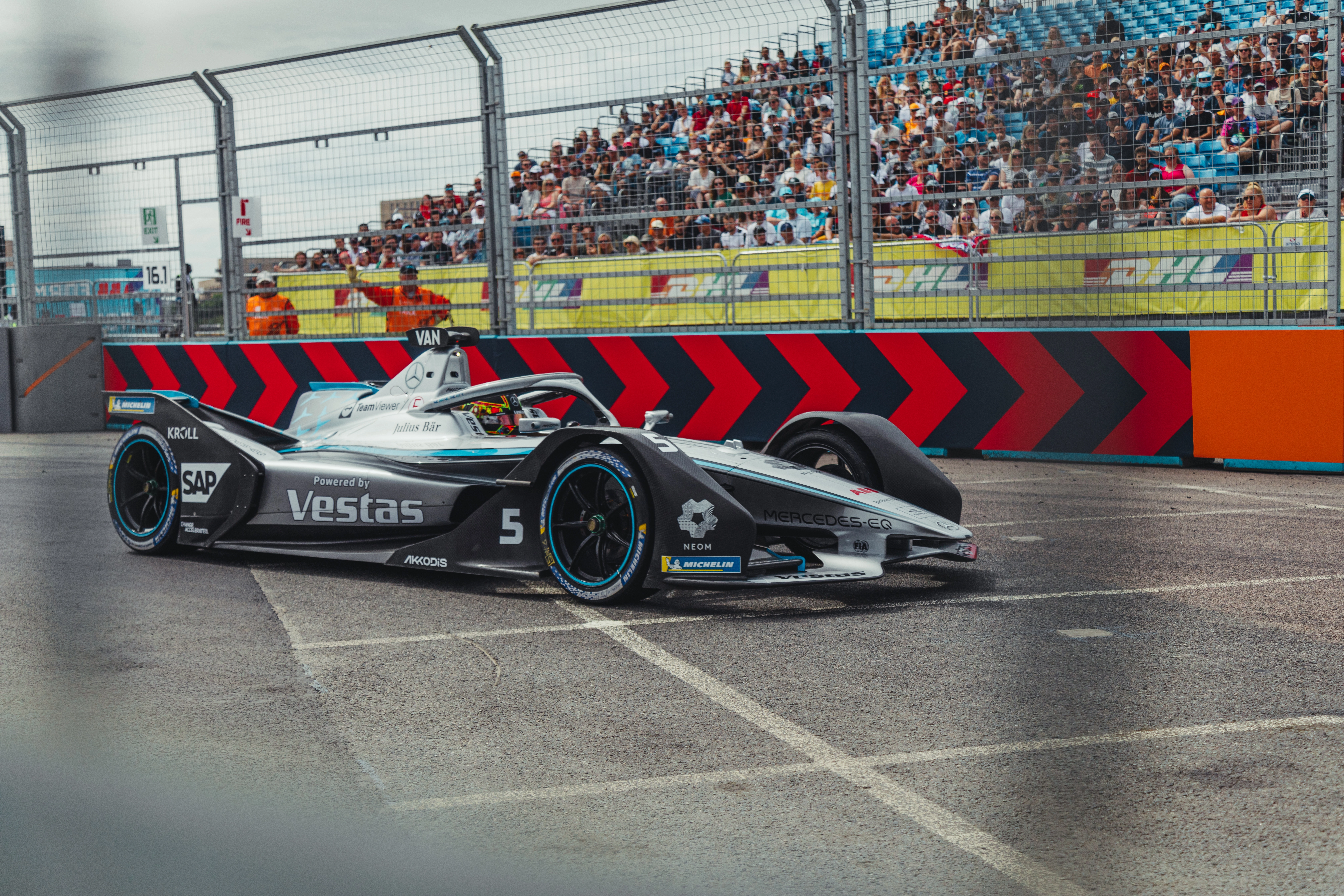The late VSC in Mexico City: Was it needed and has it influenced the title race?
- Chloe Buckley
- 3h
- 3 min read
In the closing stages of the Mexico City Grand Prix, a Virtual Safety Car (VSC) was deployed after Carlos Sainz pulled over off track. With only two laps to go and vital racing still happening on track, many have argued there was no need for the VSC. DIVEBOMB takes a deeper look at what happened and its implications on the championship battle.

After Sainz pulled the Williams over in the stadium section of the track, double-waved yellow flags turned into a confusing VSC on the penultimate lap. This happened at an important moment in the race where there were close battles for second and fourth place occurring.
The VSC ended on the final lap which allowed for a final half-lap of racing to end the Grand Prix. Due to the short time the VSC had been brought in, it was unclear if it was really necessary in the first place.
Due to Sainz being able to park the WF47 behind the barrier, it shouldn’t have been too much of an obstruction to the other drivers. This is why many onlookers were disappointed when the VSC was deployed.
The stewards’ choice to use a VSC suggests that they wanted to maintain as much racing flow as possible whilst maintaining marshal safety. Under the VSC, drivers must slow right down and are not allowed to overtake, but the gaps between cars maintain roughly the same. This is something that arguably reduced any risk in the final laps, but also limited overtaking opportunities.

Following the race, the FIA explained that it performed standard procedure to recover the Williams as it stopped on track, as well as there being a fire hazard.
An FIA spokesperson said: “Sainz spun and stopped in the runoff area on the outside of Turn 14. His car came to a halt in an exposed position.
"The car subsequently began smoking and race control received notifications of fire, making it clear that marshal intervention would be required for recovery.
"As is standard procedure when marshals are deployed to recover a car, the race is neutralised, in this case, a Virtual Safety Car (VSC) was triggered until the car was moved to a safe location behind the barriers. The VSC ended as soon as the car was in a protected position, and the race concluded under green-flag conditions."
Looking at the situation following the incident, it is easier to understand why it was enforced, as Formula One can be very dangerous when safety procedures are not carried out to standard.
The decision was disappointing to many fans since it came at a moment where some crucial racing was taking place, meaning the VSC has possibly influenced the title race.
Max Verstappen was chasing Charles Leclerc for second place when the VSC was deployed. Less than one second behind the Monegasque, Verstappen was unable to get the move done before the end of the race.
Similarly, Oscar Piastri was on the attack behind Oliver Bearman as they fought for fourth place. Had the VSC not been brought in, the conversation of the current championship standings could be very different.

If Piastri had gotten past Bearman and moved up into fourth, the roles between Piastri and Norris would be reversed, with Piastri being one point ahead of Norris.
Presuming Verstappen had gotten past Leclerc and Piastri had remained in fifth, Verstappen would only currently be 33 points behind title leader Norris.
At this stage in the season, results being influenced by decisions like these is not the way people want to see the championship battle play out. Although, one person who was relieved to have seen the VSC deployment was Leclerc as he retained his second place position until the end.
“I was quite happy about the VSC at the end. My tyres were completely gone. I could see Max was coming back on the softs,” Leclerc said. “It was tough, but the VSC saved me at the end.”
From a championship perspective, the Mexico City Grand Prix could prove to be a critical turning point. Verstappen’s inability to pass Leclerc may seem minor for now, but with only four race weekends remaining (including two sprint weekends), every point lost could carry a massive consequence.
The pressure is getting more intense. Every move, pit stop and Safety Car now carries a huge weight. With the margin being ice thin between the top three, incidents such as the VSC in Mexico could very well shape the outcome of the 2025 World Drivers’ Championship.
Only 116 points remain, and after the chaos of the Mexico City Grand Prix, it’s clear that in F1, even the smallest of decisions can rewrite the story of the season.







